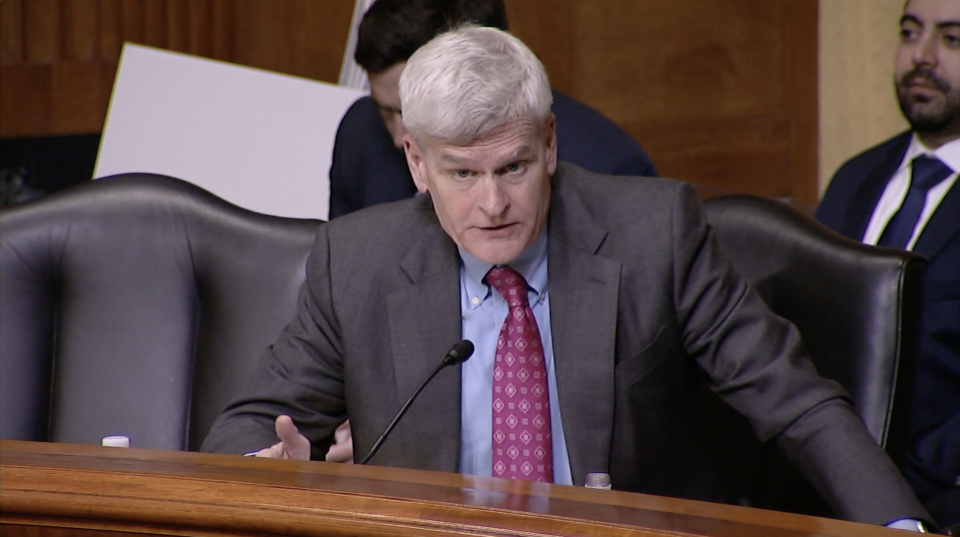
Drug treatment court a second chance for youth
April 2, 2009Rosalie "Rose" Billiot
April 6, 2009Two Terrebonne Parish officials last week recommended creating a position within parish government to handle barrier island restoration exclusively.
The position is needed because the parish does not have sufficient power over preserving the barrier islands lining the entrance to Terrebonne Bay, said Councilman Billy Hebert at the parish council’s Public Services Committee meeting.
Funding for the expensive projects comes almost entirely from the state and federal governments.
Hebert said he has received e-mails from residents complaining about the loss of the islands.
“The council is not doing enough to push the issue forward. I feel helpless,” he said. “I don’t know enough. The council doesn’t approve spending for it.”
Gerald Schouest, who sits on the parish’s Coastal Zone Management Committee, backed up Hebert’s call to create the position during last week’s regular parish council meeting.
“The parish needs to have a single person responsible for the islands,” he said, “whose sole purpose is to push (efforts) through.”
Schouest was at the meeting to support a council resolution to reclaim Wine Island.
Hebert asked whether the parish has any input concerning the islands.
Schouest said Terrebonne’s barrier islands require 87 restoration projects and that other coastal parishes are clamoring for money.
“You can put up a levee and see it tomorrow,” Schouest said. “You can’t see (results) as quick with coastal restoration.”
Later, he said the Coastal Zone Management Committee has negligible money for barrier islands. The committee has funding sufficient only to handle erosion on the mainland caused by the loss of the islands.
Wine Island disappeared underwater leaving a 6-mile gap between Isles Dernieres and Timbalier Island. The parish council passed the resolution to include reclaiming Wine Island in the U.S. Army Corps of Engineers’ Terrebonne Basin Barrier Shoreline Restoration Project.
Councilman Clayton Voisin said restoring Wine Island should be part of an effort to close the gaps between the barrier islands to prevent saltwater intrusion. And he said the islands are the first line of defense in breaking down hurricane winds.
“Terrebonne is dependent on closing the gaps,” Voisin said.
Schouest said the gaps between islands would have to be narrowed at least 80 percent to be effective; otherwise, the narrowed opening would simply increase the flow of water and deepen the channel, nullifying the positive effect of having more island land.
Attendees at recent public meetings held by the Corps have nevertheless supported attempts to close the gaps, Hebert said.
Schouest said, “Some feel the passes have to maintain width. We have to combat that kind of reasoning.”
Leslie Suazo, director of the Parish Coastal Restoration and Preservation Department, told the council that Wine Island has been the weak link in restoration efforts and that the council’s resolution will help.
At the Public Services Committee meeting, Suazo said the coastal restoration department’s two main programs are the barrier shoreline and conveying more fresh water to the lower parts of Terrebonne.
She said her department regularly petitions the National Oceanic and Atmospheric Administration for grants and the federal government to receive funds under the Breaux Act.
Some recent projects that have been completed include moving 4.6 million cubic yards of sediment and building 34,400 feet of sand fencing to help restore Timbalier Island at a cost of $17 million.
Others are restoring Raccoon Island at $17 million, partly with rocking; using sediment pumped 4.2 miles for the New Cut Dune and Marsh Creation Project; the Bush Canal bank stabilization project, delayed over oyster issues and funded under the federal Coastal Impact Assistance Program; and the North Lake Mechant Marsh Creation project, which cost $39.5 million and was funded under the Breaux Act.
Another project will help increase the flow of fresh water from the Atchfalaya Basin to Terrebonne.
Restoring Whiskey Island, which Suazo said is in terrible shape, will cost $48 million. The state has applied for Hazard Mitigation Grant Program money, but Suazo suggested funding through an earmark for the Environmental Protection Agency.
Suazo gave Hebert a chart showing funding sources for barrier island restoration, which satisfied the councilman after he had asked at the committee meeting, “Who’s in charge of the islands? Where do we go to get funding? And later, when he said, “When it comes to barrier islands there are so many organizations.”
But Hebert’s other lament is tougher to satisfy: “We don’t have control of the funds. If we did, we could do something.”











